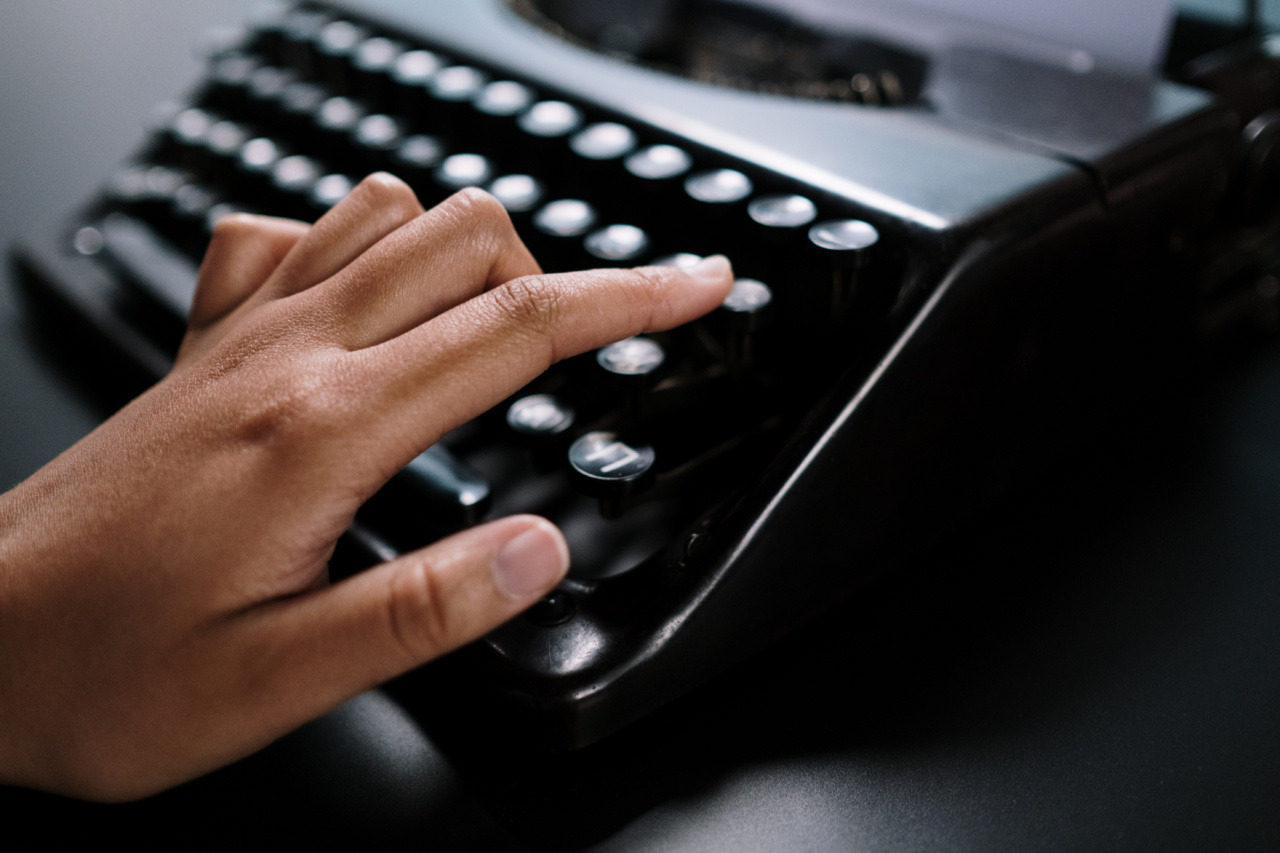In recent years, there has been a growing interest in the study of body features and their potential correlation with various aspects of an individual’s life.
One intriguing area of research focuses on the relationship between a man’s fingers and his type of woman. Although this notion may seem absurd at first glance, some studies suggest that there might be some truth to this idea. Let’s delve deeper into this fascinating topic.
Understanding the Finger Ratio Theory
The Finger Ratio Theory, also known as the digit ratio theory, suggests that the length of a man’s fingers, specifically the index finger (2D) and the ring finger (4D), can provide insights into his hormone exposure during development in the womb. According to this theory, a higher exposure to testosterone in utero results in a lower digit ratio, or a longer ring finger in relation to the index finger.
The Mathematics Behind Finger Ratio
When examining the finger ratio, researchers calculate the ratio by dividing the length of the index finger by the length of the ring finger.
For example, if the index finger measures 7 cm and the ring finger measures 8 cm, the digit ratio would be 7/8 or 0.875. This ratio is believed to reflect the testosterone levels of an individual.
Finger Ratio and Attractive Traits
Various studies have attempted to find a link between finger ratios and the types of women men are attracted to. While the findings are not conclusive, some interesting correlations have been observed.
1. Feminine vs. Masculine Women
One study conducted at the University of Cambridge found that men with a lower digit ratio (longer ring finger) tended to be attracted to more feminine women.
This preference might be due to the higher prenatal testosterone exposure, leading to a stronger attraction to characteristics associated with femininity.
2. Long-Term vs. Casual Relationships
A different study conducted at the University of Bath explored the connection between finger ratio and relationship preferences.
The research revealed that men with a lower digit ratio (longer ring finger) were more likely to pursue long-term relationships rather than casual encounters. This observation aligns with the theory that individuals with higher testosterone exposure are more inclined towards monogamy.
3. Intelligence and Finger Ratio
On the other hand, finger ratio might also be related to a man’s preference for intelligence in a partner.
A study published in the journal “Personality and Individual Differences” discovered that men with a higher digit ratio (shorter ring finger) were more attracted to intelligent women. The researchers theorized that this preference could be influenced by varying hormone exposure during development.
4. Health and Fertility
Another area of interest is the potential link between finger ratio and a woman’s reproductive health.
Research suggests that men with a lower digit ratio (longer ring finger) may be subconsciously drawn to women with better fertility and overall health. Similarly, men with a higher digit ratio (shorter ring finger) may have a preference for women with lower fertility rates.
Criticisms and Limitations
While these studies provide some intriguing insights, it’s important to acknowledge the limitations and criticisms surrounding the finger ratio theory.
Firstly, the research is primarily based on correlative evidence, meaning that a causal relationship cannot be established with certainty. Additionally, factors such as cultural differences, personal experiences, and individual preferences can significantly influence attraction, rendering finger ratios only one piece of the puzzle.
The Complexity of Attraction
Attraction between individuals is an incredibly intricate and multi-faceted phenomenon. It is influenced by various genetic, environmental, and psychological factors that extend beyond the length of one’s fingers.
While finger ratio may provide some hints about a man’s preferences, it is impractical to rely solely on this factor to determine someone’s type of woman.
Conclusion
Although the idea that a man’s fingers determine his type of woman may seem far-fetched, several studies have attempted to establish correlations between finger ratios and different aspects of attraction.
While some connections between finger ratios and preferences have been observed, it’s essential to approach this concept with caution. Attraction is a complex interplay of various factors that cannot be reduced to a single physical attribute. It is crucial to consider the broad spectrum of influences that contribute to human attraction.


























